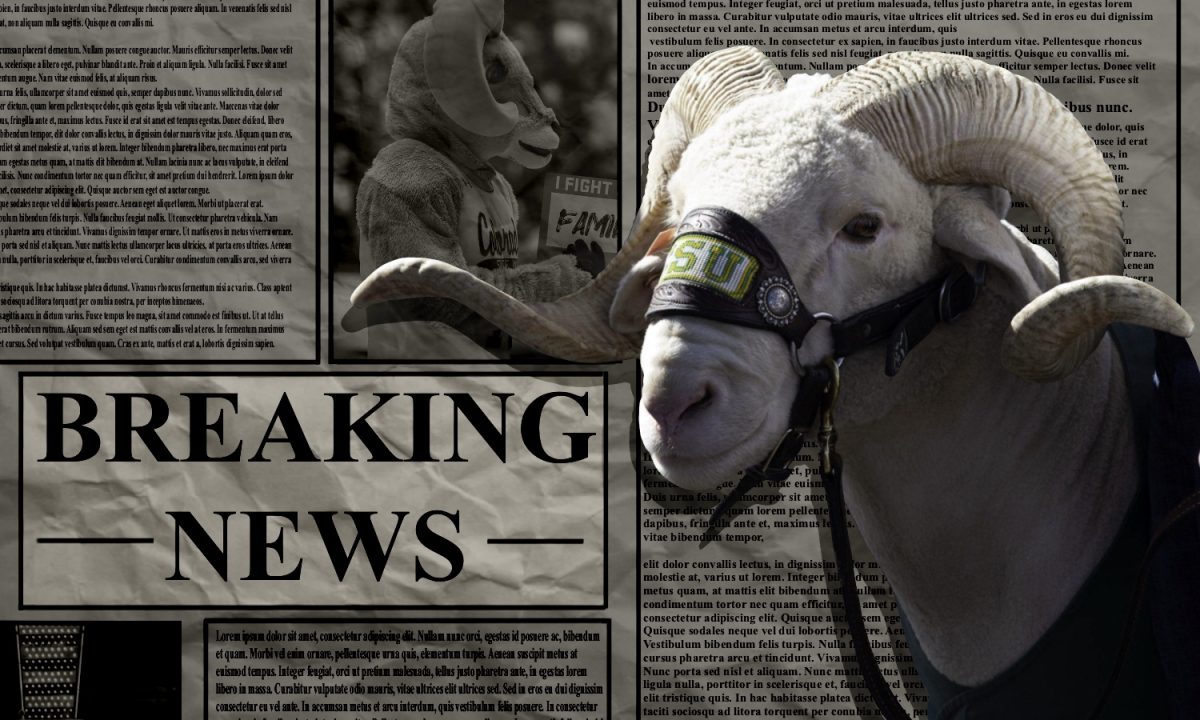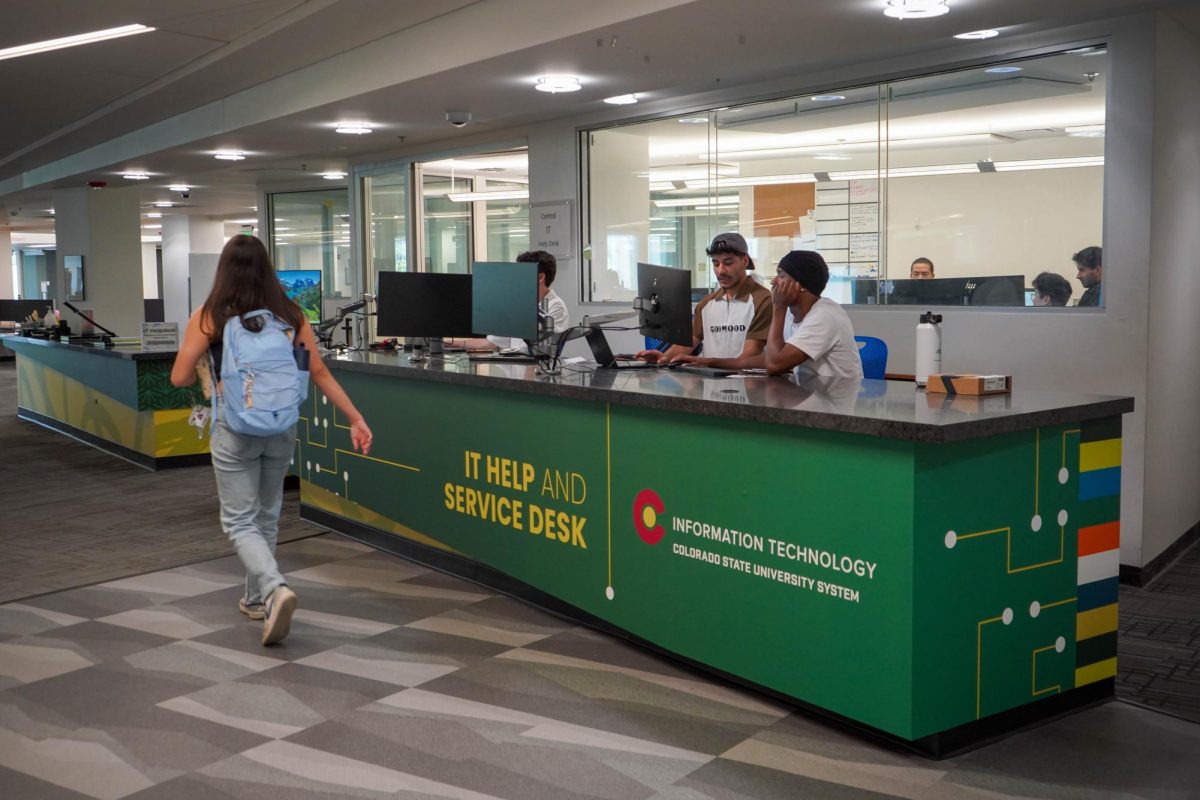Encased in a brown, fibrous coating, the pulsing heart of a bamboo shark embryo can be seen just inside the East entrance of the Anatomy/Zoology building on the Colorado State University campus.

While CSU is not located anywhere near an ocean, the aquariums in the Anatomy/Zoology building give a unique view into the marine world. The recent addition of a shark embryo allows students to gain further insight into vertebrate development.
Senior zoology student Kyle Taitt came up with the idea to raise a bamboo shark in the aquariums as a way to provide a unique educational opportunity for students studying developmental biology. After presenting the project to Donna Weedman, biology department laboratory coordinator, Taitt purchased the embryo in mid February.
“One of the most interesting things about (this project) is just to see how connected humans are to the bigger picture of vertebrate evolution,” Taitt said.
The timing of this opportunity coincides with several developmental biology classes offered during the spring. Some of these classes visit the aquarium to learn about different developmental stages as they occur, according to Weedman. She said she also frequently sees students stop by between classes to check up on the embryo’s progress.
“It’s one thing to go to a class and to just hear ‘this is what’s happening’ when a shark is developing,” Taitt said. “It’s another thing entirely to be able to watch the process yourself.”
The embryo has a tissued outer coating that can be shaved off to reveal the animal inside. Gills, pigmentation and other developmental marks are visible through the transparent egg case.
Because bamboo sharks are not pelagic, they do not require as much space as other shark species to swim freely, Taitt said. This makes them a common choice for indoor aquariums, and people often raise the sharks to keep them as pets.
While they can be fascinating to study, Taitt said he does not encourage anyone to raise one unless they can care for it properly. Sharks require high quality water conditions, abundant space and a large amount of food. Taitt monitors the water quality of the tanks regularly, ensuring that the animals have suitable living conditions.
“They’re tough to care for,” Taitt said. “They need a huge tank and somebody who really knows what they’re doing.”
The shark is expected to hatch from its egg case in late May or early June, at which point it will remain in the coral reef tank until it grows too big for the space. In about six months when it reaches 10 to 12 inches in length, the shark will move to a 2,200 gallon tank in Fish Crew, a local fish store.
Megan Doan, a junior biology major, heard about the shark during her developmental biology lab.
“It’s cool just to be able to visualize different things that I’m learning about,” Doan said. “I think it’s a neat opportunity for anybody to see it.”
Using a shark in this situation allows people to make connections between human development and that of other vertebrates, as they look very similar in early stages, according to Taitt.
“We hope students learn a bit about bamboo sharks and developmental events in general,” Weedman said. “But the primary goal is to get students excited about and interested in the contents of the many Biology Department aquariums.”
Taitt posts videos of the embryo weekly to the Kanatous Extreme Physiology Lab website.
“I hope it sparks some line of questioning that results in further inquiry,” Taitt said. “I hope people walk by the tank and see the shark developing and have questions about what that means for human development.”
Collegian Reporter Emily Vavra can be reached at news@collegian.com or on Twitter @vivalavavra.





